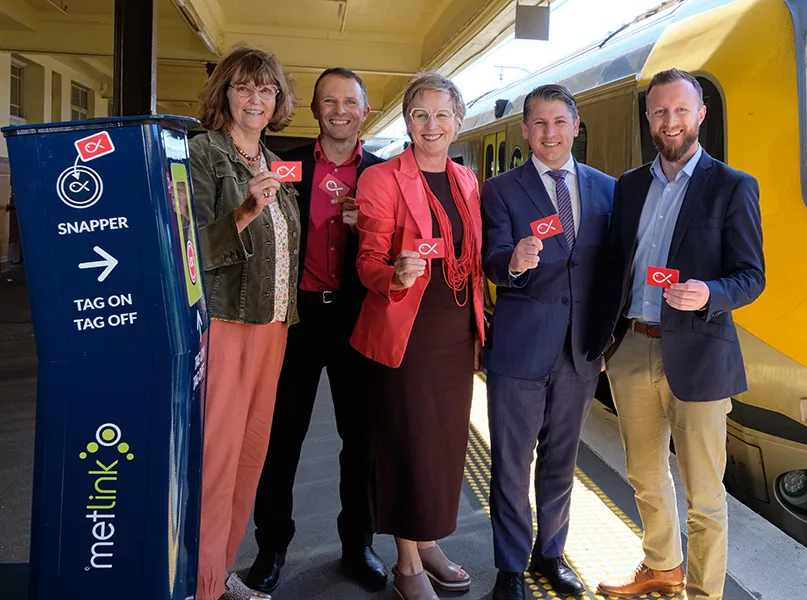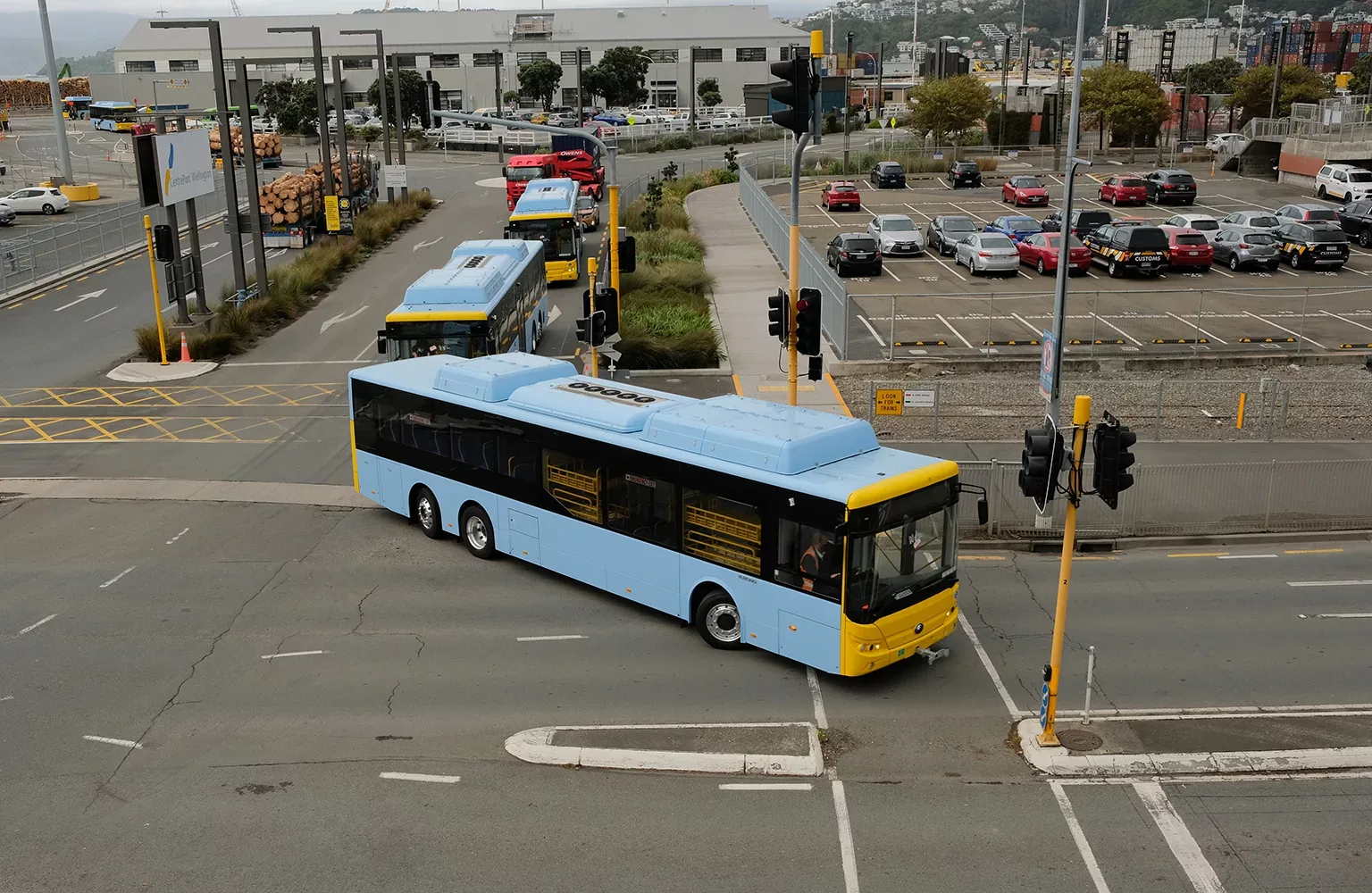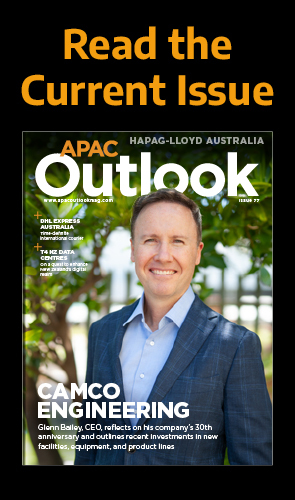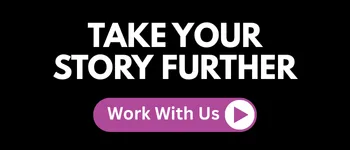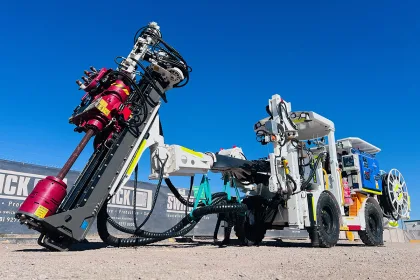Greater Wellington’s Metlink runs a public transport network that intertwines the region, successfully delivering 38 million journeys a year across bus, rail, and more. We jump on board and travel through the regional council’s transport story with Group Manager, Samantha Gain.
PROUDLY CONNECTING WELLINGTON
An effective transport network is key to the way we live and work.
Wellington, the New Zealand capital city, and its surrounding region must contend with hilly and uneven terrain that has major implications for public transport links.
Historically, transport planners have considered Wellington a favourable location for public transport, as the region’s unorthodox topography concentrates its settlements in valleys and along the sprawling coastline, paving the way for concise corridors playing host to key transport routes.
Greater Wellington (GW), under the brand name Metlink, brings a public bus, rail, and ferry transport network to the wider region, including Wellington, Hutt Valley, Porirua, the Kāpiti Coast, and the Wairarapa.
Metlink works with a specialist network of transport operators to deliver a connected, integrated transport network with patronage across all modes of transport growing at a rapid rate.
“We continuously refine and improve our network based on customer research and feedback. Our goal is to deliver an effective, efficient, and integrated public transport network for the people of Wellington,” sets out Samantha Gain, Group Manager of Metlink.
GW works in partnership with Waka Kotahi NZ Transport Agency (NZTA) to plan and fund the region’s public transport network.
Today, Metlink runs the Wellington region’s public transport network of bus, train, and harbour ferry services, comprising five rail lines, nearly 100 public bus routes, more than 180 school bus services, and four harbour ferry wharves.
“We’re a busy region and it’s our role to help people move quickly and safely in, out, and around GW,” acclaims Gain.
“We move around our region in different ways – driving, walking, cycling, or taking public transport – so we plan carefully to make it work for everyone,” she adds.
This includes managing and funding all public transport and working closely with partners who are responsible for the roading corridors and rail lines. In this way, Metlink also supports safe and sustainable transport to work and school, while ensuring that disabled and elderly people have access to transport.
“We’re determined to keep our region humming. Safe, efficient transport networks play a huge role in that.”
“We’re a busy region and it’s our role to help people move quickly and safely in, out, and around GW”
Samantha Gain, group Manager, Metlink
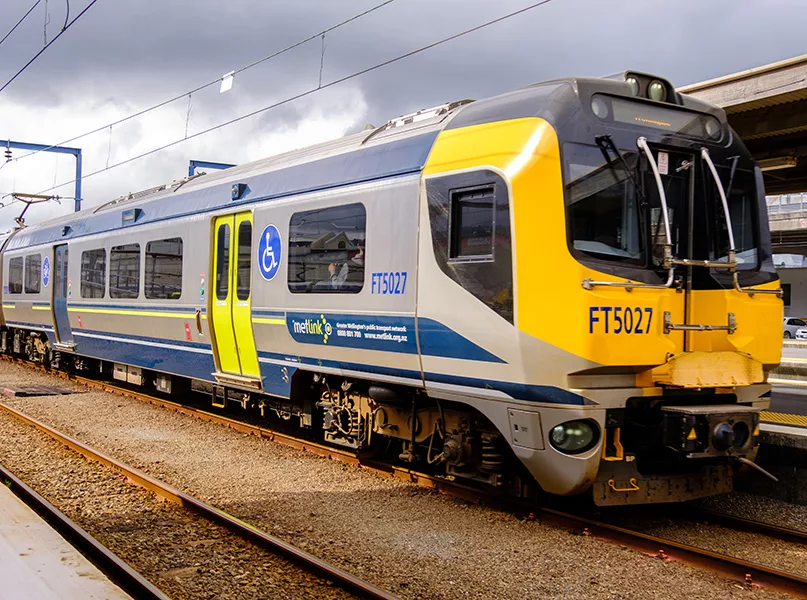
INTEGRATING SNAPPER
One particularly exciting development is that Metlink has now expanded Snapper from bus to rail services. Snapper is an electronic payment card that provides passengers with a faster, cheaper, and more flexible travel payment option.
“You can have a total of two rail passes and two bus passes loaded onto your Snapper account at any time. Bus and rail passes can both be used without conflicting with each other,” explains Gain.
“If you have two passes of the same type on your Snapper card, the second pass will not activate until the first pass has expired. But you don’t need to have a pass; you can also load credit onto the card, and register for concessions. For each part of your journey, you’ll need to tag on and tag off so that the correct fare can be calculated,” she tells us.
Snapper provides a seamless way to pay for transport on Metlink’s bus and rail services, allowing travellers to load up their cards with credit or a travel pass, then simply tag on and off, similar to the Oyster card system used on the London Underground.
Snapper then automatically charges the correct fare based on where users choose to tag on and off with their card.
Metlink previously used a paper ticket system, which on rail stretched all the way back to 1840, so this new method of digital travel also enhances Metlink’s environmentally-friendly credentials.
“The Snapper system has been a really great step into the 21st century and a project that we’re very proud of in terms of it being delivered on time, on budget, and how it now enables people to use all bus and rail services on the Metlink network with one card,” Gain enthuses.
The innovative system, which is a transitional measure towards the introduction of the National Ticketing Solution (NTS), also gives Metlink access to a more complete and comprehensive collection of travel data, in order to analyse new trends and identify fresh developments.
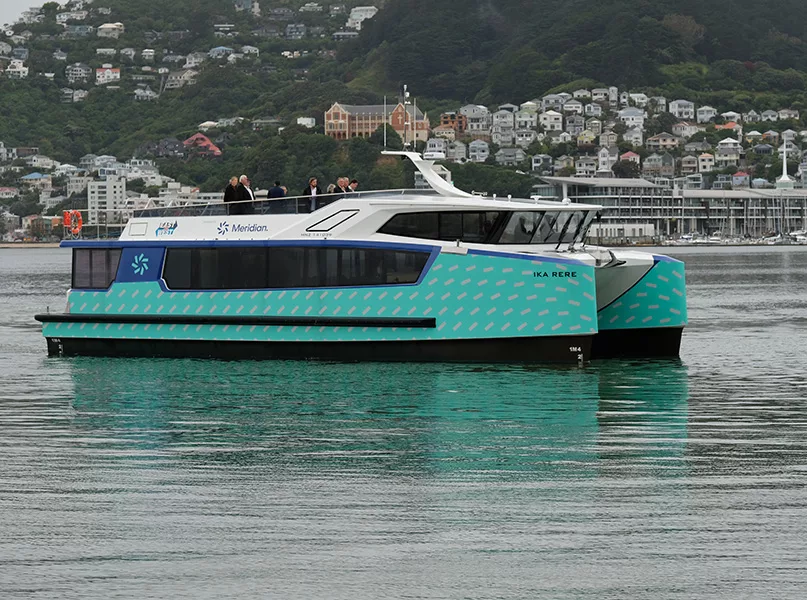
NATIONAL TICKETING SOLUTION
Metlink is working with NZTA to implement the NTS, which will make it easier for Wellingtonians to pay for public transport through a centralised system, providing customers with a consistent experience nationwide. This will encourage more people to use buses, rail, and ferries more often.
NZTA has partnered with Cubic Transportation Systems, a global supplier in the ticketing industry, to design and implement the NTS for public transport across New Zealand.
“The NTS is a flexible, modern ticketing system aimed at providing more ways for customers to pay for public transport,” Gain excites.
Once the NTS is introduced, passengers will be able to pay for public transport using contactless debit or credit cards, as well as digital payment methods like Apple Pay or Google Pay, while still having the option of using a prepaid transit card.
The NTS supports the goals of Metlink and the government towards creating safer, less congested roads, and reduced emissions.
Canterbury will be the first region to move to the NTS in the second half of 2024, with all other regions planned to move by the end of 2026. GW is expected to transition to the NTS in 2025.
GROWING THE NETWORK
The Transport Choices programme also aims to demonstrate what’s possible for communities across New Zealand, by quickly providing people with more transport options and making it easier to travel in ways that are good for everyone, as well as the environment.
No matter the location, people need to be able to move easily around a city in ways that help protect the climate. Now more than ever, there is a need to transition to a low-emission and climate-resilient future for the benefit of all New Zealanders and generations to come.
This initiative is therefore important because transport makes up almost half of New Zealand’s carbon emissions, most of which come from road transport.
Another point of pride for Metlink is its Airport Express (AX) bus service, which runs seven days a week every 10 to 20 minutes, except for the first few morning and last evening services.
At present, the travel time from Wellington Station to Wellington International Airport is approximately 25 to 35 minutes, depending on traffic. Passengers can enjoy free Wi-Fi, USB charging, and luggage racks which are all available on board.
“AX is an integral part of the Metlink network, connecting the airport with the wider Wellington region. Nine new purpose-built electric buses run on this low-cost, environmentally conscious service for travellers, people working in and around the airport, and commuters into the city when capacity allows,” Gain elaborates.
The timetable is designed around airport departure and arrival times and train services at Wellington Station.
With ground-breaking and innovative initiatives such as Snapper, AX and the NTS continuously being brought to fruition for the betterment of the region, Metlink is creating a more efficient, environmentally friendly, and accessible transport network for Wellington and its citizens.
